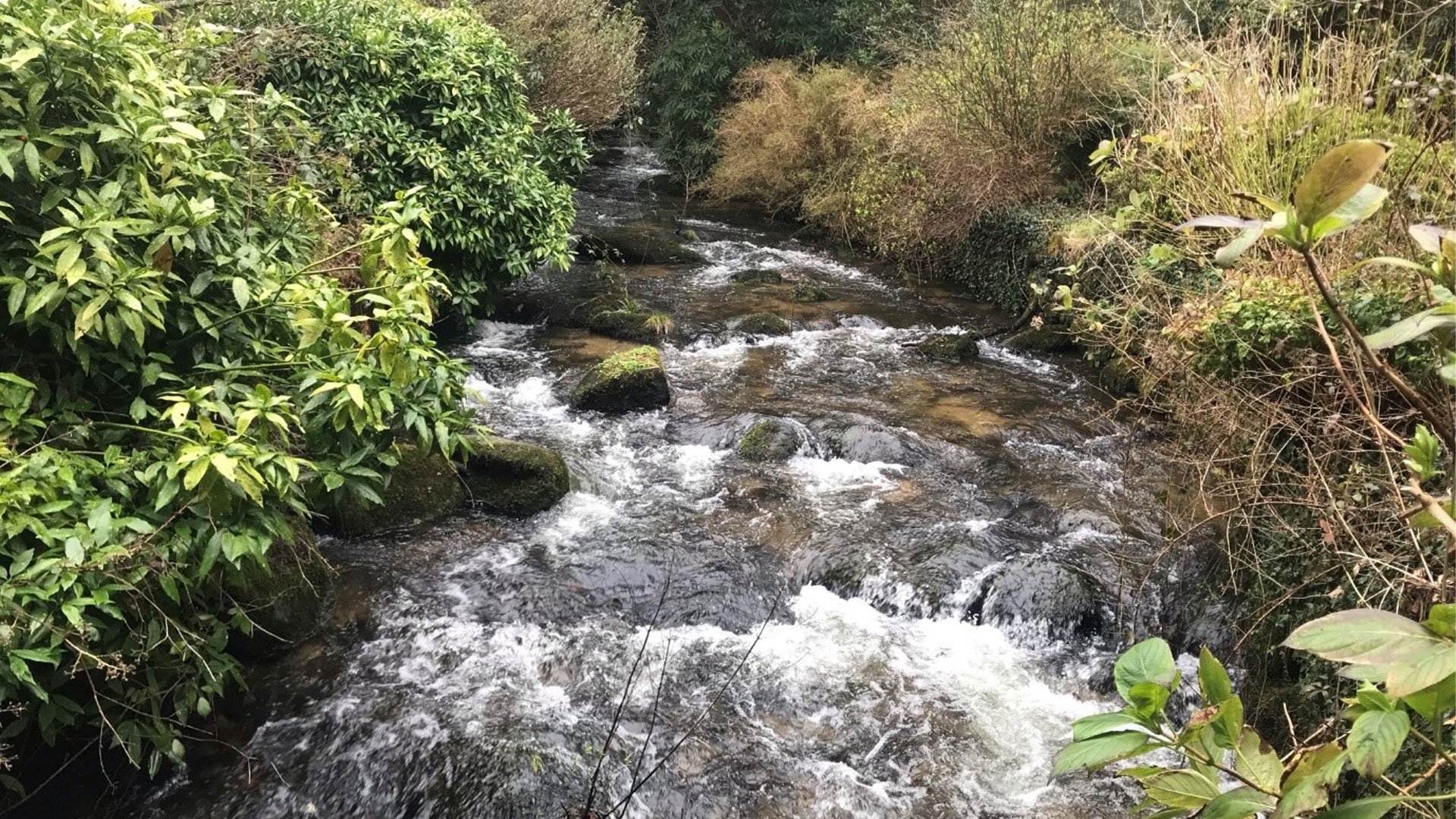Nutrient Neutrality: Frequently Asked Questions

What is the Dutch-N case?
The Dutch Nitrogen (Joined Cases C-293/17 and C-294/17) was a judgement of the Court of Justice of the European Union (CJEU) in 2018 which is generally referred to as the Dutch-N case. The CJEU judgement ruled that where a European site is already deteriorating, projects that will make that situation worse should not be approved. These include Special Protection Areas (SPAs) and Special Areas of Conservation (SACs) that were originally designated under European Law. Similarly, internationally important wetland sites are designated as Ramsar sites are also caught up in the judgement.
The Dutch-N case has informed the way in which regulation 63 of the Conservation of Habitats and Species Regulations 2017 (as amended) (commonly referred to as the “Habitats Regulations”) should apply to pollution related incidents. Under the Habitats Regulations, Local Planning Authorities (LPAs), must assess the environmental impact of planning applications or local plans. As a result of these regulations and European case law, Natural England has advised that in areas where protected sites are in ‘unfavourable condition’ due to nutrient pollution, LPAs can only approve a development if they are certain that it will have no negative effect on the protected site.
What is nutrient neutrality?
Developments that are located within the affected catchments will need to demonstrate ‘nutrient neutrality’, which means that the nutrients (i.e. phosphorus and/or nitrogen) produced by the new development, which are derived from additional wastewater loading and surface water runoff, must be less than or equal to the nutrients generated by the existing land use.
Does Brexit change things?
In short, no. The Conservation of Habitats and Species (Amendment) (EU Exit) Regulations 2019 came into force when Britain left the European Union. The Regulations ensure that the habitat and species protection and standards derived from EU law will continue to apply after Brexit. In a UK context, “European sites”, which were previously referred to collectively as Natura 2000 sites, are now called National Site Network sites.
The impact of excessive nutrient concentrations
High levels of nutrient inputs into freshwater habitats and estuaries can cause significant environmental issues such as eutrophication which can have a detrimental impact to wildlife. Eutrophication occurs when the environment becomes enriched with nutrients, which can lead to harmful algal blooms and low-oxygen waters, which in turn can lead to fish deaths and dead zones which can no longer support life.
Why the selected sites?
The Dutch-N case applies to National Site Network sites which are already in unfavourable condition. It is a combination of both the high nutrient levels and the importance of the designation which means that sites are caught up. Other water environments in the UK may have similarly high nutrient concentrations, but they are not as heavily designated, and such are not caught up in this issue. Similarly, European sites which are in favourable condition are not included.
What types of development’s are caught up?
The types of developments caught up includes:
- New residential units, student accommodation, care homes.
- Tourist attractions including campsites, glamping pods, holiday lets etc.
- Commercial developments where overnight accommodation is provided
- Agricultural Development including additional barns, slurry stores etc.
- Anaerobic Digesters
The nutrient neutrality approach applies to proposals for a net increase in dwellings. As such, replacement dwellings can generally be excluded. Other commercial development (not involving overnight accommodation) are generally not included. However, other applications can be considered on their individual merits, such as large scale infrastructure projects.
Sources of nutrients
The sources of nutrients generally include point source emissions from sewage treatment works and diffuse emissions from livestock and arable farming. Smaller contributions are attributable to onsite wastewater treatment (e.g. septic tanks and package treatment plants), industry and urban runoff. The relative contribution of the sources varies between catchments.
What does Natural England’s new guidance (published March 2022) mean?
Natural England published updated guidance on nutrient neutrality in March 2022 which identified a further 20 protected sites that are adversely affected by nutrient pollution. The latest guidance takes the number of Local Planning Authorities affected by the guidance to 74. The updated guidance has also updated its guidance on calculating nutrient neutrality which has impacted the local authorities already affected. The new guidance has put a large number of new homes on hold across England.
How can we overcome the problem?
There are various solutions which can deliver nutrient mitigation and can be broadly categorised into nature-based and wastewater based. Some mitigation solutions can be delivered on-site (e.g. SuDS) but the majority of solutions require off-site interventions. The most suitable solutions varies between catchments (and sometimes even between sub-catchments) and can be controlled by many variables such as topography, geology, farming typologies and wastewater infrastructure. The number of houses to be developed can also have a large control over the suitability of solutions. In order for the solutions to be used as mitigation, they must provide sufficient certainty and be securable in perpetuity, in order to meet the requirements of the Habitats Regulations. This means that some well-established methods for nutrient removal are either not suitable, or will require monitoring to demonstrate their suitability.
How does this affect developers?
Developers face uncertainty and potential delays due to Natural England’s nutrient neutrality advice. Smaller developments are typically the most adversely affected as developments site are normally too small for implementing on-site mitigation and developers do not have the resources or funding to implement off-site mitigation.